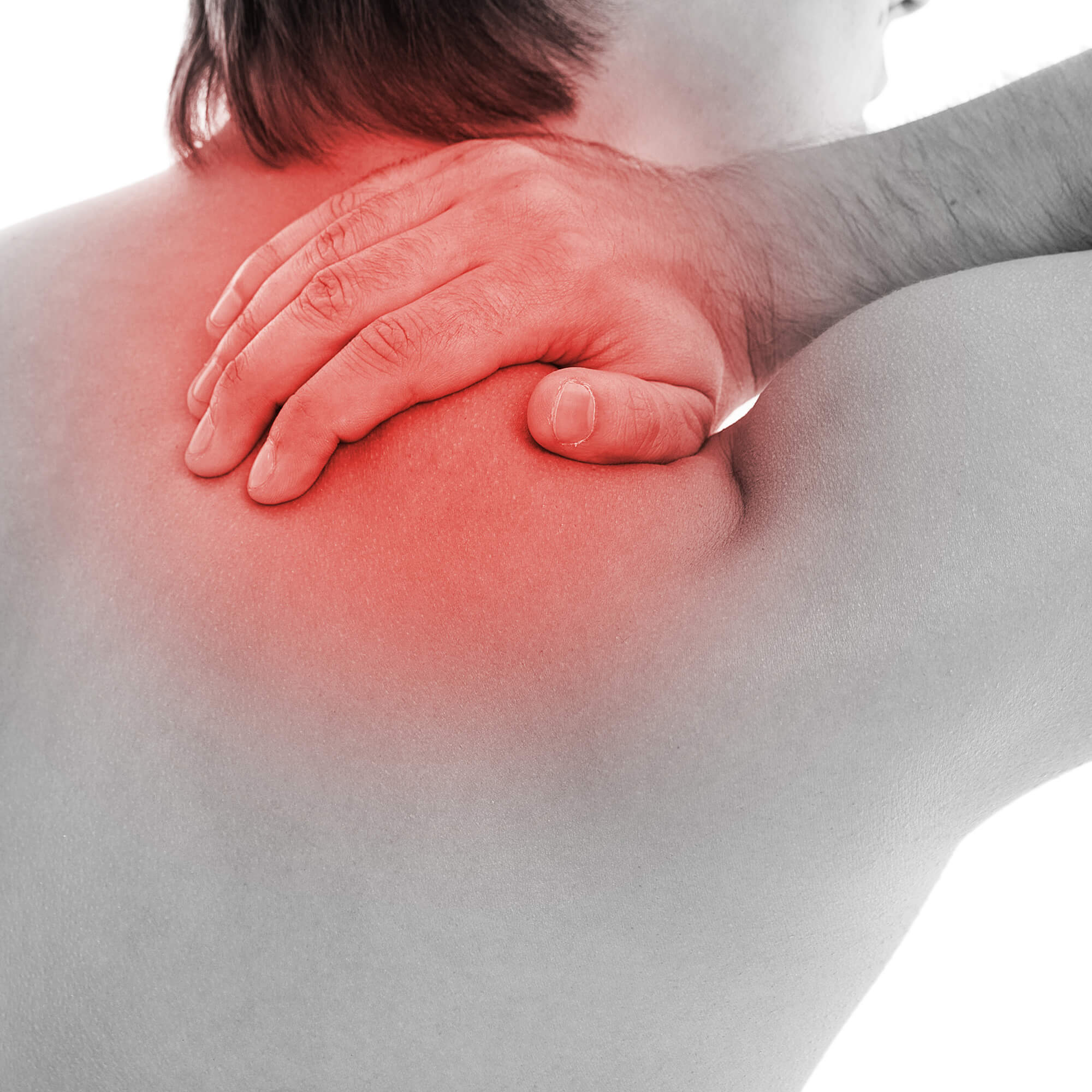It’s normal to experience shoulder pain from time to time. But if the pain doesn’t go away, you may have a problem that requires surgical intervention.
One of the most common shoulder injuries is a rotator cuff tear. Every year, some 2 million people visit seek treatment for rotator cuff injuries from a doctor.
But not all rotator cuff injuries are the same. There are two types of rotator cuff tears: acute and chronic. We’ll explain how the rotator cuff works and discuss how the two types of tears differ. Armed with this knowledge, you’ll better understand your injury and how best to treat it.
What is the rotator cuff?
The rotator cuff is a group of muscles and tendons that keep the ball portion of the shoulder joint held firmly within the socket of the joint. These four muscles work together to help your shoulder move. For example, the rotator cuff:
- Secures the humerus (upper arm) bone in the shoulder socket
- Lifts the shoulder up and sideways
- Rotates the shoulder outward
- Allows the humerus to move when you move it upward
It takes all four muscles in the rotator cuff working in tandem to move the arm. Therefore, when an injury occurs, it can be quite painful and debilitating.
What’s a rotator cuff tear?
A rotator cuff tear occurs when one or more of the muscles becomes unattached from the head of the humerus. A partial or incomplete tear does not completely sever the muscle. A full-thickness or complete tear results in the total separation of the muscle from the bone.
What’s a chronic rotator cuff tear?
Also called a degenerative tear, a chronic rotator cuff tear happens as we age. The muscles and tendons gradually break down with regular use. People over the age of 40 are at particular risk for this type of injury. Risk factors for developing a chronic rotator cuff tear include:
- Repetitive motion. Playing sports like baseball, tennis or rowing and working occupations that require overuse of the shoulder joint are common causes.
- Bone spurs: The normal aging process often result in bone overgrowth or spurs on the acromion bone. These spurs rub against the rotator cuff tendons making them more likely to tear.
- Decreased blood supply: As we age, the blood supply to the rotator cuff decreases which makes it more difficult for the body to heal on its own.
What’s an acute rotator cuff tear?
An acute rotator cuff tear happens suddenly as the result of a fall or lifting a heavy object. This type of tear often occurs in conjunction with another injury such as a broken collarbone or dislocated shoulder.
Symptoms of a rotator cuff tear
Symptoms of a chronic rotator cuff tear are similar to acute tears, but acute tears are usually much more intense and begin immediately after a traumatic injury. Symptoms from chronic tears usually increase over time. Common symptoms include:
- Pain while resting and sleeping, especially if you’re lying on the shoulder with the tear
- Pain when you raise and lower your arm or with another specific motion
- Weakness when you move or lift your arm
- A crackling sensation when you move your shoulder certain ways
How are rotator cuff tears treated?
Rotator cuff injuries can be treated in a variety of ways. Your doctor may recommend rest, over-the-counter pain medications, modified activities, steroid injections and physical therapy to strengthen the muscles.
Surgical intervention is usually required if:
- Your symptoms have lasted longer than six months.
- The tear is larger than 3 cm.
- Your shoulder is very weak and you’ve lost function.
- The tear was caused by a recent injury.
If you have shoulder pain that’s been increasing over time, call our office to schedule an evaluation. We look forward to helping you return to full function.


